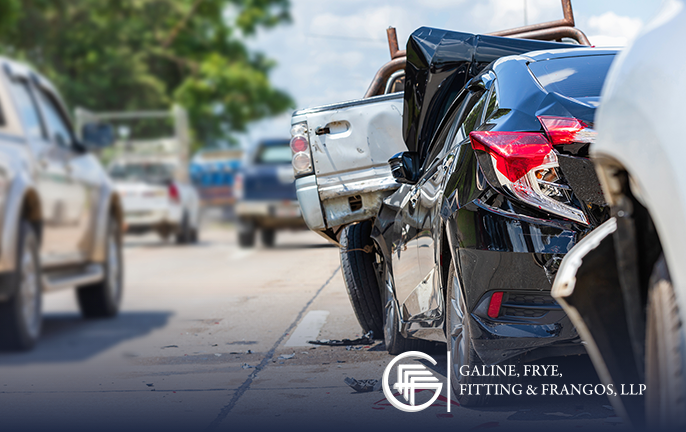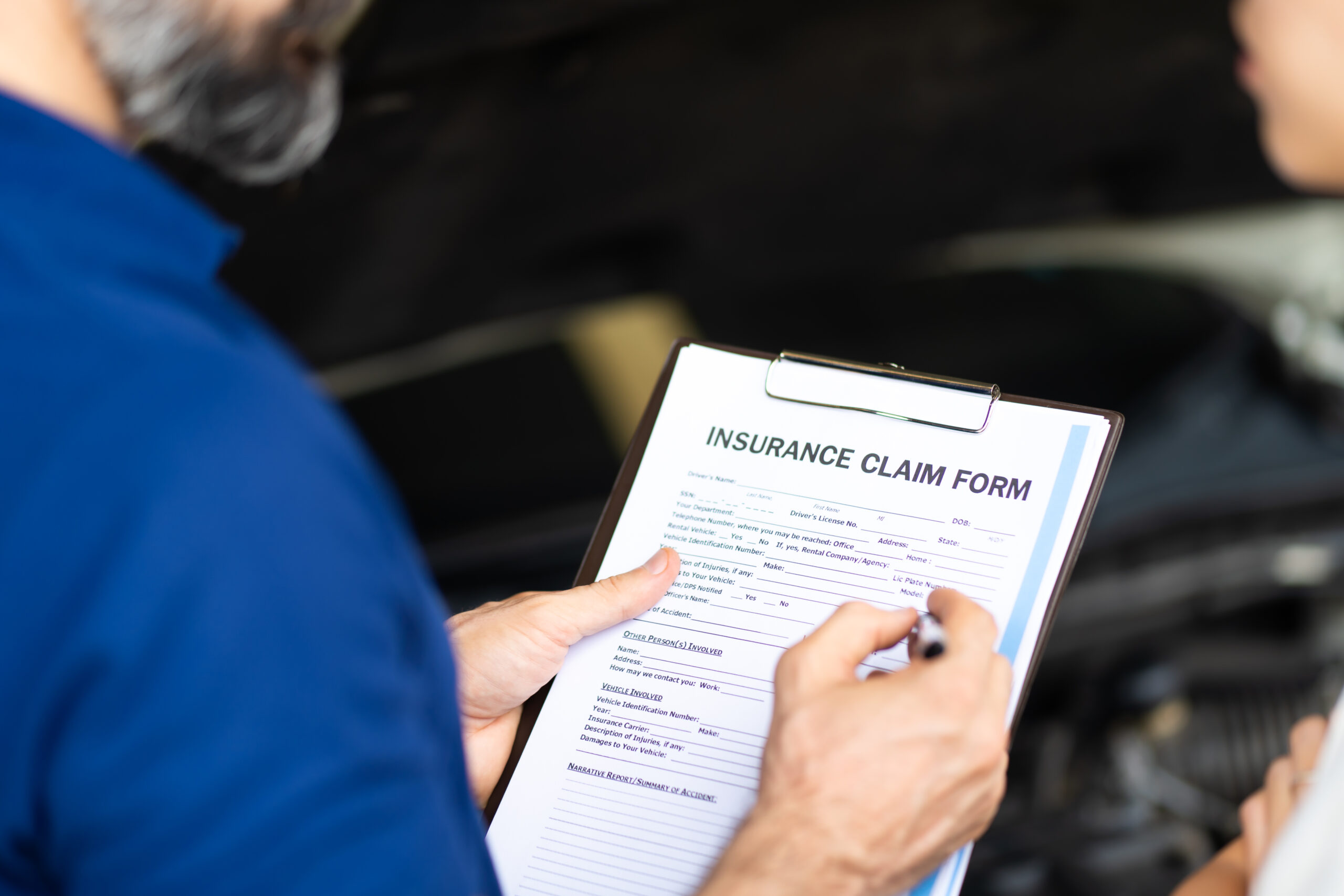Being injured as a passenger in a single-vehicle accident can be a scary time. You may have suffered extensive, permanent or perhaps even life-altering injuries. You probably have medical bills and have lost time at work. In fact, you may never be able to return to your old job again. However, the driver of your vehicle may have little personal wealth and only minimal insurance coverage. Does that mean that your situation is hopeless? Not necessarily. Depending on the facts surrounding your accident, there may be others who owed you a duty of care and failed to meet it, leading to the injuries you suffered. Proving that may allow you to expand the range of defendants who owe you compensation. To get that full recovery you deserve, give yourself a leg up by retaining a skilled San Mateo injury attorney.
An example of this type of scenario took place in Southern California, and was reported by the Long Beach Post. F.V. was a passenger of a vehicle that was approaching an intersection in Long Beach. The intersection included a ramp and, as the driver navigated the tight turn on the ramp, he hopped the curb and eventually slammed into large landscaping boulders located in the median near the intersection. The accident caused F.V. to suffer serious spinal injuries causing quadriplegia, as well as massive brain damage, according to the report.
Giving these facts a quick glance, you might think that the injured man’s only path for compensation would be suing the driver and the driver’s auto insurance company. F.V.’s attorneys saw something more. F.V. brought an action against the City of Long Beach. That claim asserted that one cause of the accident was the unsafe road conditions that the city created by placing large boulders on the median near the on-ramp.
Two different methods for proving the defendant’s ‘knowledge’
In order to win a case like this, there are several things you need to prove. One of the most important things that you have to show is that the city had what the law calls “knowledge.” Don’t be deceived by the term “knowledge” here. While you can meet your burden of proof by showing that the city actually knew about the dangerous road conditions but did nothing to address them, that is not the only way you can clear this evidentiary hurdle. In civil liability law, there are two types of knowledge. There’s “actual knowledge,” which is the circumstance described above. There is also, however, something called “constructive knowledge.” That means that, if the city reasonable should have known about the road’s hazardous condition, then the law will consider it to have knowledge of that danger, whether it actually knew or not.
There are lots of ways you can work to prove this requirement of constructive knowledge. You may use numerous past reported accidents at that location. You may be able to discover complaints made to the city about the area’s dangerousness. You also may be able to discover city records showing that municipal officials contemplated addressing the problem area, but that no corrective action ever occurred.
These are just a few examples.
In other words, there may be many possible routes to getting you to the endpoint you seek. To choose the most effective path, rely on the experienced San Mateo personal injury attorneys at the Law Offices of Galine, Frye, Fitting & Frangos. Our attorneys have been helping injured people for many years. To set up a free consultation with one of our experienced attorneys, contact us at 650-345-8484 or through our website.
How Can I Obtain Compensation from a Public Entity in California When I’m Injured Due to Unsafe Road Conditions?

